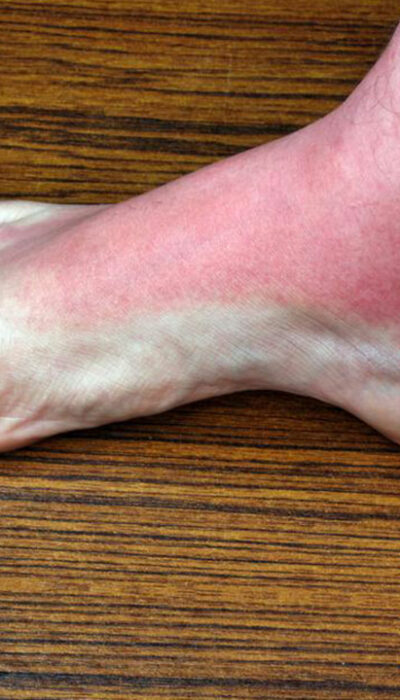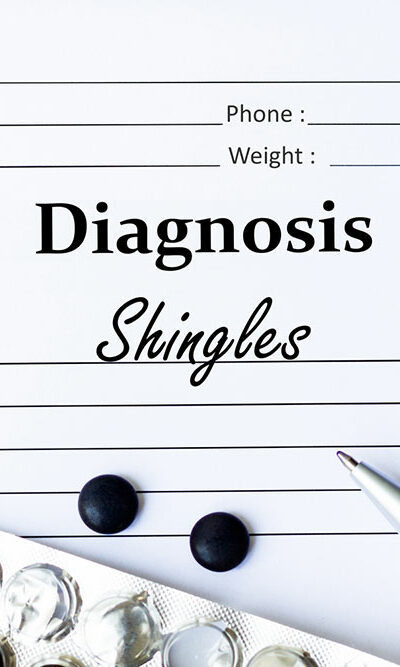
Useful Vitamins for Preventing Hair Loss
How to deal with hair loss? This is a very common question for many people who are looking for a permanent solution for their hair fall woes. Not just older individuals, even young people are dealing with significant hair loss issues. However, to treat hair loss, one first needs to figure what is the root of the cause. Various factors are responsible for hair loss, some of them include genetics, diet, insufficient sleep, stress and hormonal variations. You can come across a lot of methods to treat hair fall. One of the simplest and effective ways of controlling and preventing hair fall is to make use of the right vitamins. If you can consume the best vitamins, hair loss can be prevented quite efficiently. Best vitamins to treat hair loss You can eat natural foods or vitamin supplements on a daily basis to strengthen the health of your hair and prevent hair loss. Some essential vitamins you must have are vitamin A, vitamin B5, vitamin C, vitamin B6, folic acid, vitamin E and biotin. They are known to improve the health of your skin and hair. Vitamin A Vitamin A is extremely good at regulating the synthesis of retinoic acid in the hair follicle and hydrates the scalp as well. It is especially beneficial for promoting skin health as well. What are sources you can depend on to get vitamin A? Food items like spinach, mango, carrot, sweet potatoes, dark leafy green vegetables, lettuce and tuna contain a high amount of vitamin A. You can increase the intake of these ingredients to stop hair loss. Vitamin A supplements are also available in the market. You need to choose the best one with right elements to keep your hair healthy. Vitamin B Vitamin B is one of the best vitamins that assist you in maintaining the health of your hair.










